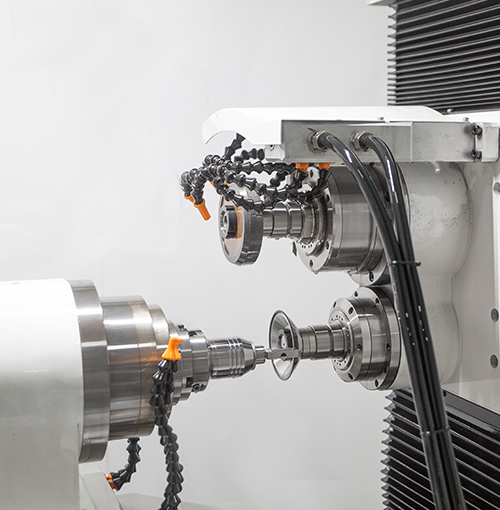Industry knowledge
What are the latest advancements in drilling insert technology, and how do they improve drilling efficiency and accuracy?
The latest advancements in drilling insert technology include new cutting tool materials, improved geometries, and advanced coating technologies. These advancements are aimed at improving drilling efficiency and accuracy by increasing tool life, reducing machining time, and improving surface finish.
One major development in drilling insert technology is the use of advanced carbide grades, such as ultrafine-grain carbide and nanostructured carbide. These materials have higher wear resistance and toughness than traditional carbide grades, enabling them to withstand higher cutting speeds and feed rates. They also have improved thermal stability, which reduces the risk of insert failure in high-temperature drilling applications.
Another advancement is the development of new cutting edge geometries, such as wavy or serrated edges. These geometries increase chip evacuation and reduce cutting forces, resulting in lower cutting temperatures and improved tool life. Additionally, some manufacturers are using laser technology to produce complex geometries with greater precision and consistency.
Finally, advanced coating technologies such as diamond-like carbon (DLC) and nanocomposite coatings are being used to improve insert performance. These coatings reduce friction and wear, leading to longer tool life and improved surface finish. Additionally, some coatings have specific properties that make them suitable for high-temperature or high-speed drilling applications.
How do drilling inserts differ for different materials, such as cast iron, stainless steel, or exotic alloys?
Drilling inserts can differ significantly based on the material being machined. For example, drilling inserts designed for cast iron will differ in terms of their cutting tool material, geometry, and coating compared to inserts designed for stainless steel or exotic alloys.
Cast iron is a relatively soft and abrasive material, so inserts for this application are typically made from carbide or cermet materials with high wear resistance. The inserts may have a positive geometry to reduce cutting forces and a specific coating such as TiCN to provide added protection against abrasion.
Stainless steel is a tougher material than cast iron, so inserts designed for this application may have a more complex geometry and be made from advanced carbide grades or coated with advanced coatings such as AlTiN. This type of insert is designed to resist wear and deformation under high cutting forces while providing good surface finish.
Exotic alloys, such as Inconel or Hastelloy, are highly heat-resistant and difficult to machine. Therefore, inserts designed for these materials must have high thermal stability and excellent wear resistance. They may have a more complex geometry and be made from advanced carbide grades or coated with specialized coatings such as TiAlN or TiCN. Additionally, they may have a special cutting edge design to reduce cutting forces and minimize work hardening.
What are the key factors that affect the wear resistance of drilling inserts, and how can they be optimized?
The wear resistance of drilling inserts can be influenced by several factors, including the cutting tool material, cutting conditions, coating, and the workpiece material being machined. By optimizing these factors, the wear resistance of the drilling inserts can be improved, leading to longer tool life and increased machining efficiency.
One of the most significant factors affecting the wear resistance of drilling inserts is the cutting tool material. Advanced carbide grades, such as ultrafine-grain or nanostructured carbide, have higher wear resistance and toughness than traditional carbide grades. Similarly, ceramics, cermets, and polycrystalline diamond (PCD) materials can provide even greater wear resistance under certain conditions.
Another factor is the cutting conditions, including cutting speed, feed rate, and depth of cut. Higher cutting speeds and feed rates can increase the wear rate of the inserts, while lower cutting speeds and feed rates can cause excessive tool wear due to material buildup on the cutting edge. By optimizing the cutting conditions based on the specific application, the wear resistance of the drilling inserts can be improved.
Coatings can also play a crucial role in improving the wear resistance of drilling inserts. Coatings such as TiN, TiCN, TiAlN, and AlTiN can provide increased protection against abrasion, oxidation, and thermal shock. Additionally, specialized coatings such as DLC or nanocomposite coatings can reduce friction and wear, further improving the tool life of the inserts.
Finally, the workpiece material being machined can affect the wear resistance of the inserts. Materials that are harder or more abrasive will cause increased wear on the cutting edge of the insert, while materials that are softer or more ductile may cause excessive deformation of the insert. By selecting the appropriate insert material and geometry based on the workpiece material, the wear resistance of the drilling inserts can be optimized.
